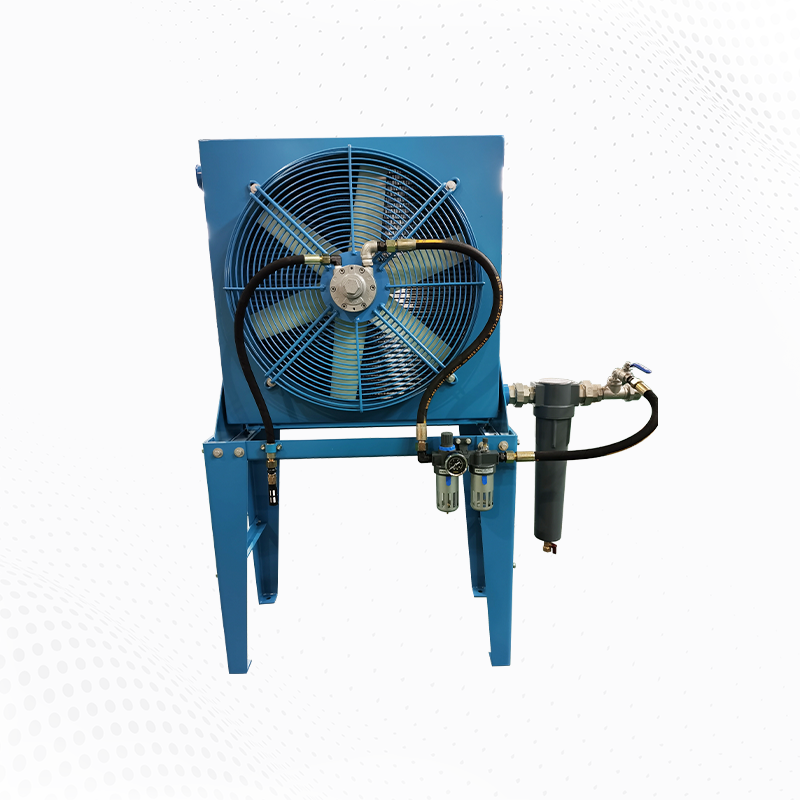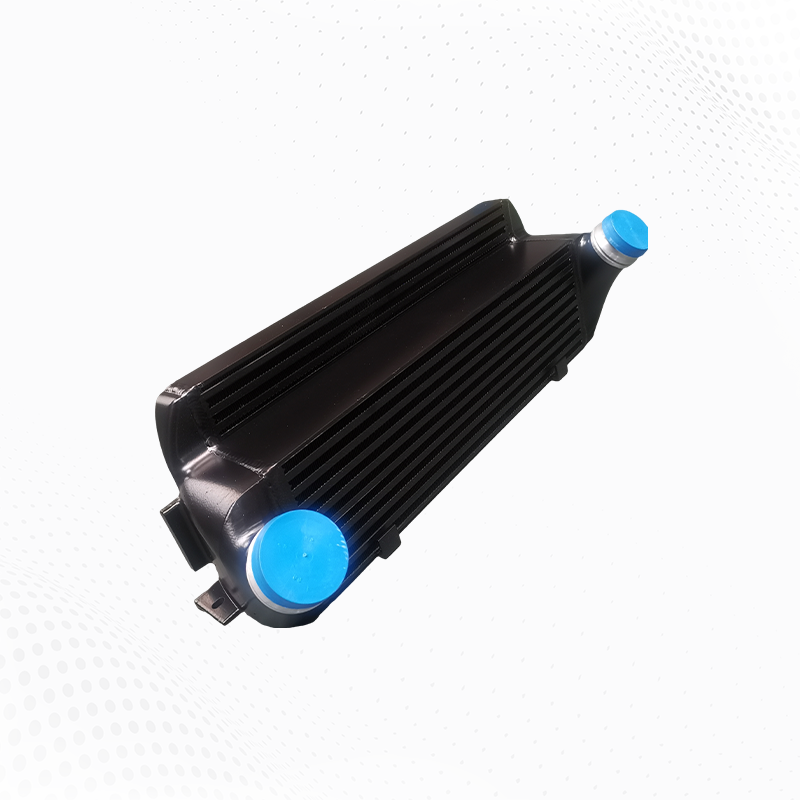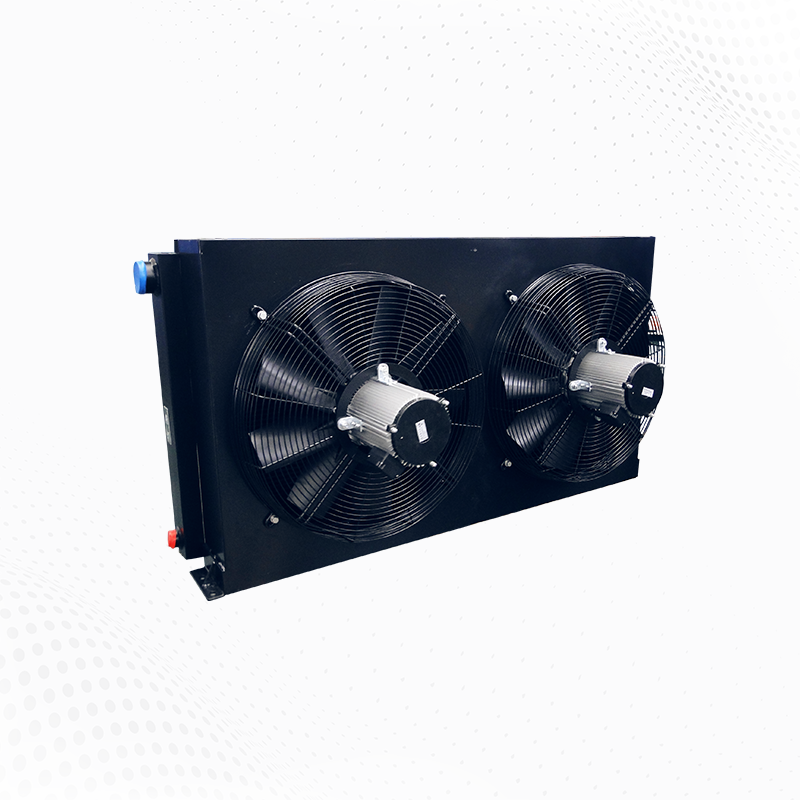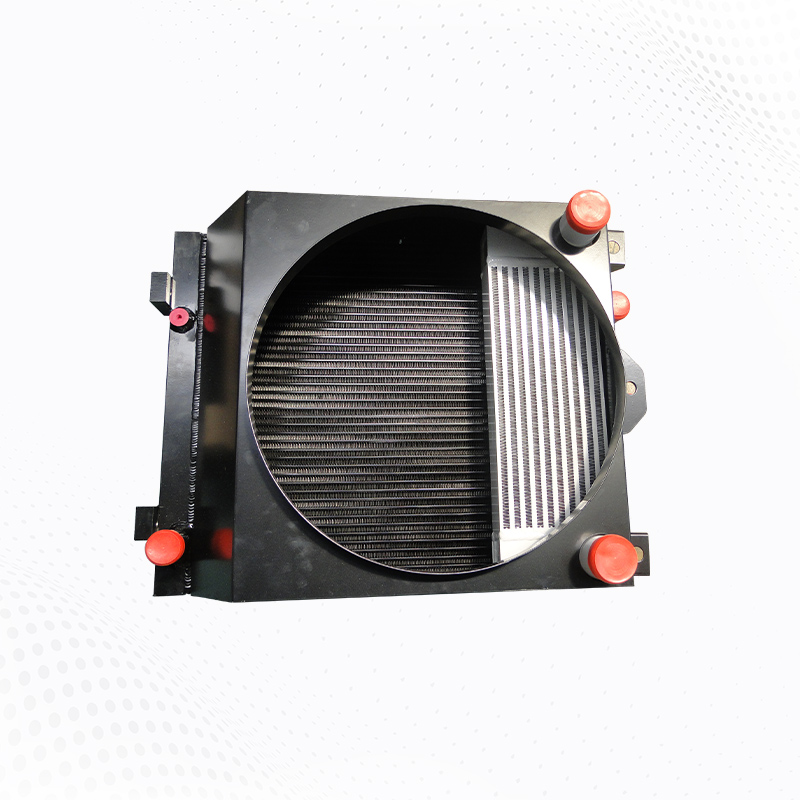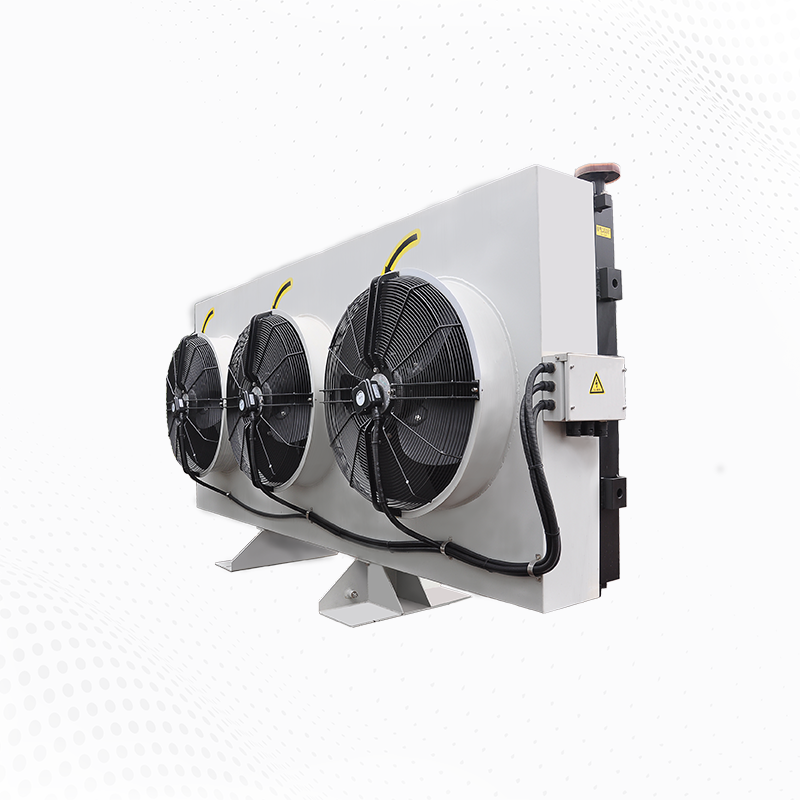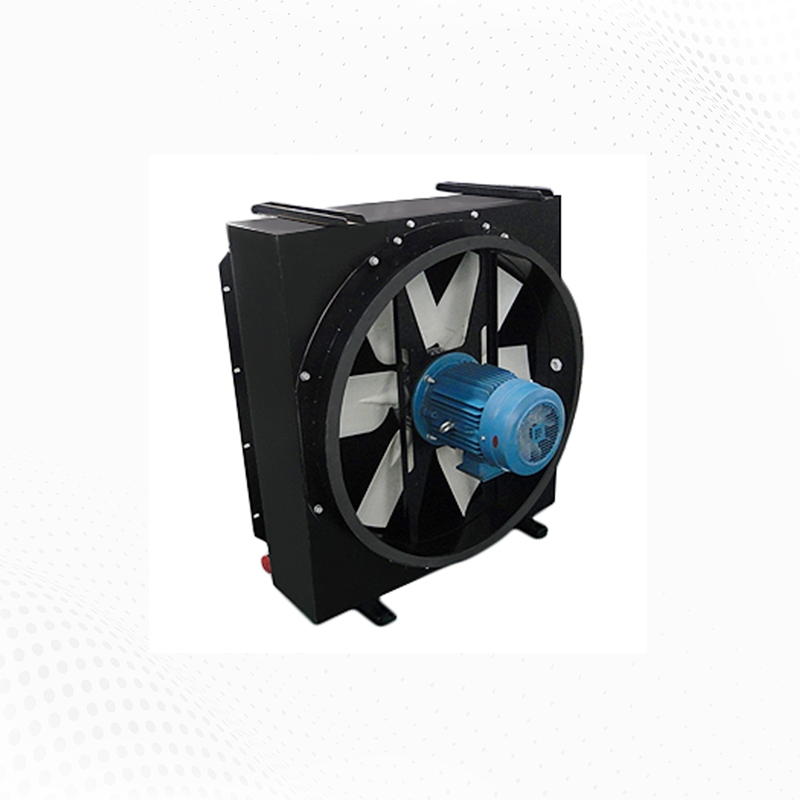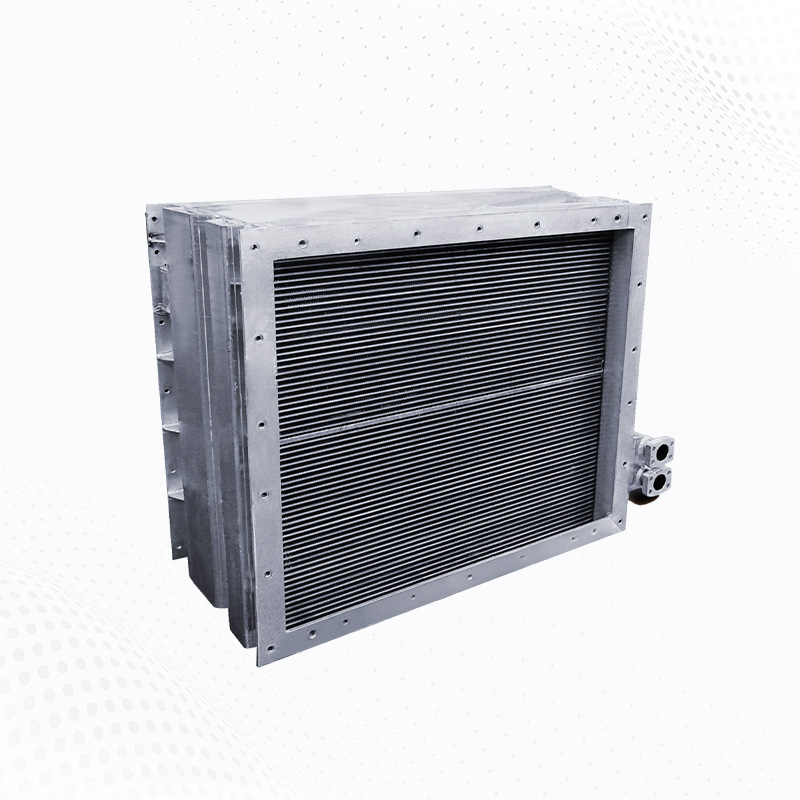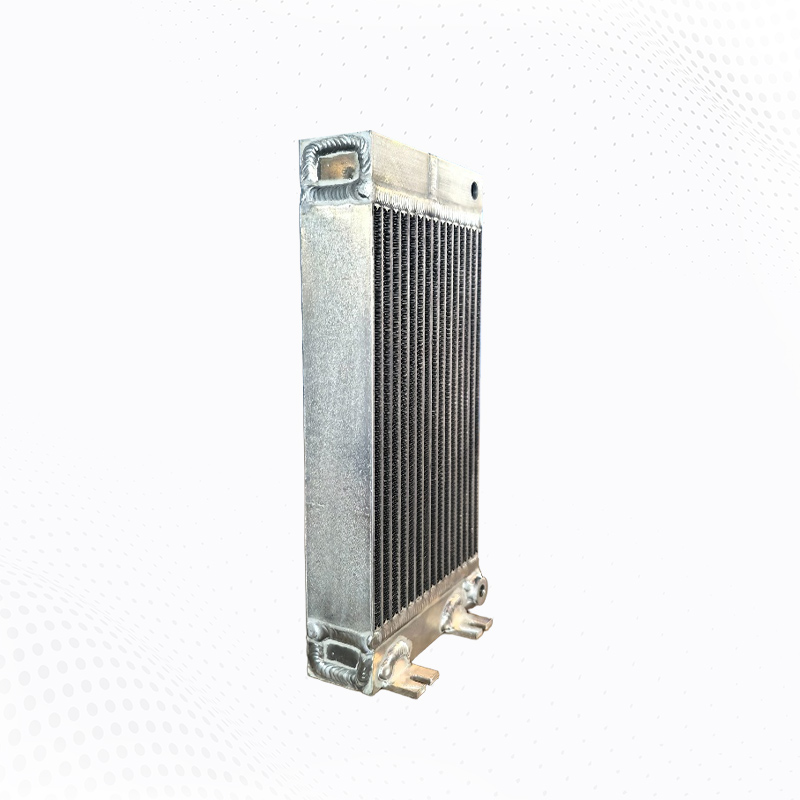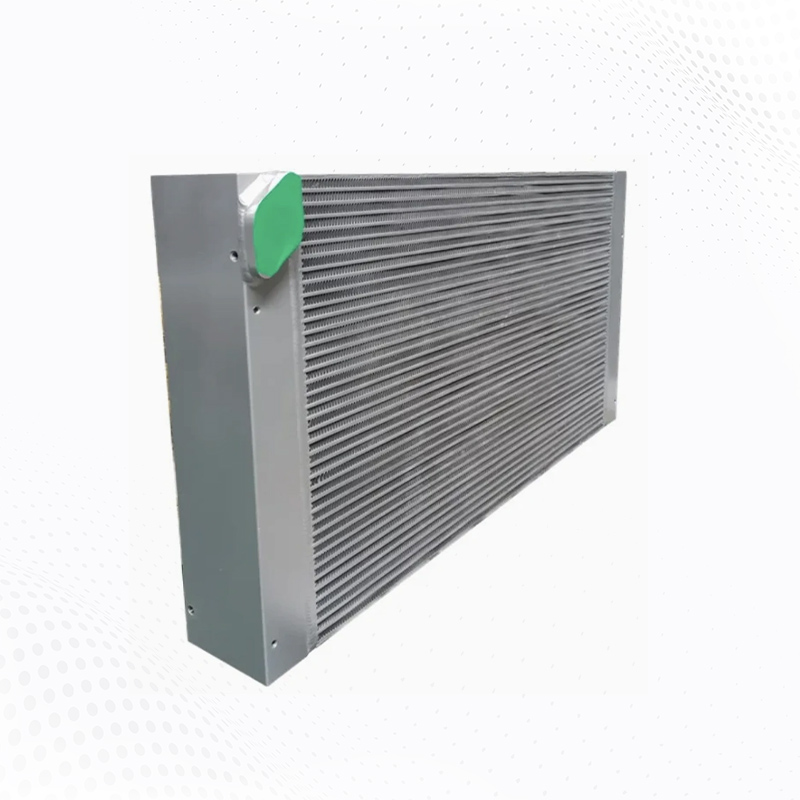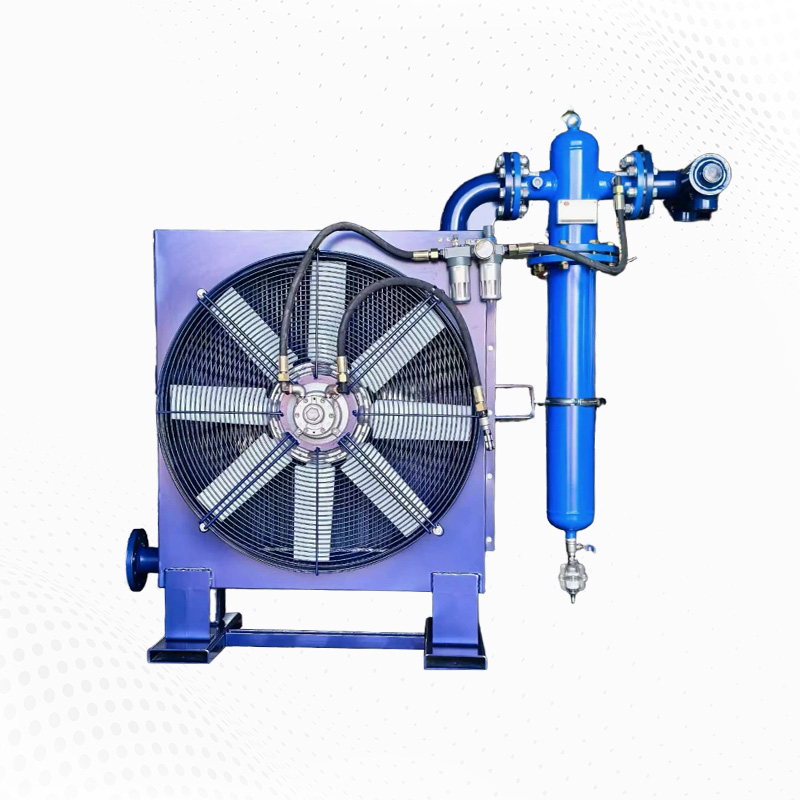Comparison of Different Heat Exchanger Types for Wind Energy Applications
By Wuxi Yuda
As wind energy technology advances in 2025, the demand for efficient and reliable Wind Power Heat Exchanger systems is stronger than ever. Cooling is essential to maintain the performance and longevity of wind turbines. But not all heat exchangers are created equal. In this article, Wuxi Yuda compares several types of heat exchangers used in wind turbine systems, helping developers and operators make informed decisions.
Why Choosing the Right Heat Exchanger Matters
Wind turbines generate substantial heat during operation — from gearboxes, generators, power electronics, and control cabinets. A suitable Wind Power Heat Exchanger ensures thermal balance, prevents overheating, and reduces maintenance costs.
Common Heat Exchanger Types in Wind Power Applications
1. Plate Bar Heat Exchangers
Design: Made of stacked aluminum plates with integrated fins and bars
Advantages: Lightweight, compact, high heat transfer efficiency
Ideal For: Nacelle environments, generator cooling, and compact spaces
Challenges: Can be costly for custom shapes
2. Air-to-Air Heat Exchangers
Design: Uses fans to circulate internal and external air streams across plates
Advantages: No fluid needed, low maintenance, ideal for sealed enclosures
Ideal For: Electrical control cabinets, offshore turbines
Challenges: Limited cooling capacity for high-load areas
3. Oil-to-Air Coolers
Design: Transfers heat from hot oil (gearbox) to ambient air via finned tubes
Advantages: Effective for dynamic loads, supports continuous operation
Ideal For: Gearboxes, hydraulic systems
Challenges: Requires periodic oil monitoring and cleaning
4. Liquid-to-Liquid Heat Exchangers
Design: Heat is exchanged between two liquid streams without direct contact
Advantages: High heat capacity, precise control
Ideal For: High-capacity wind turbines with closed-loop systems
Challenges: Requires a secondary cooling loop
Comparison Table: Wind Power Heat Exchanger Types
| Type | Cooling Medium | Application | Advantages | Limitations |
|---|---|---|---|---|
| Plate Bar | Air or Liquid | Generator, Converter | High efficiency, compact | Costly for large units |
| Air-to-Air | Air | Control Cabinets | Low maintenance | Lower capacity |
| Oil-to-Air | Oil & Air | Gearbox, Hydraulics | Durable, reliable | Needs regular inspection |
| Liquid-to-Liquid | Coolant | High-load Turbines | Precise control | Complex system |
Choosing the Right Heat Exchanger with Wuxi Yuda
At Wuxi Yuda, we help our clients select or design the ideal Wind Power Heat Exchanger for their turbine systems based on:
Thermal load and power rating
Environmental conditions (offshore, desert, cold climates)
Space constraints inside nacelle or tower
Maintenance and life cycle cost expectations
All our heat exchangers are built using high-grade aluminum and meet ISO, CE, and client-specific standards.
Future Trends in Wind Power Heat Exchanger Technology
Integration of IoT sensors for real-time thermal monitoring
Smart cooling control algorithms
Advanced coatings for anti-corrosion in marine environments
Modular systems for easier upgrades
Wind Power Heat Exchanger innovation is key to supporting larger and more efficient turbines in the renewable energy transition.
Contact Wuxi Yuda for Expert Guidance
Whether you’re upgrading an existing turbine fleet or developing a new wind farm, Wuxi Yuda offers reliable Wind Power Heat Exchanger solutions with expert technical support.


